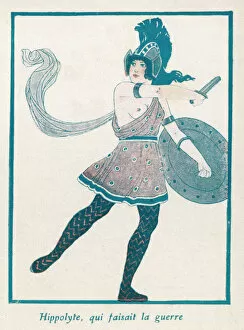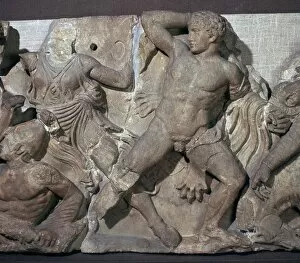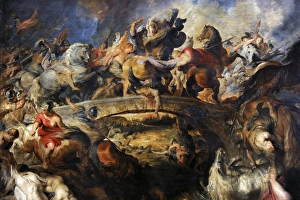Hippolyta Collection
"Hippolyta: An Ancient Symbol of Women's Rights" In ancient times, the legendary figure stood as a powerful symbol of women's rights and strength
All Professionally Made to Order for Quick Shipping
"Hippolyta: An Ancient Symbol of Women's Rights" In ancient times, the legendary figure stood as a powerful symbol of women's rights and strength. As an Amazon queen, she commanded respect and admiration from her people. Herakles and the Amazons engaged in a fierce battle, where Hippolyta showcased her incredible skills as a warrior. The Battle of the Amazons, immortalized by Rubens in his masterpiece from 1616-1618, depicts the intensity and bravery displayed by these remarkable women. Miss Marion Grey beautifully portrayed Hippolyta in a gravure that captured her regal essence. Even Queen Hippolytas Guard in 1908 celebrated her legacy through vibrant watercolors. The image evokes their loyalty to their fearless leader who fought for justice and equality. Hippolyta's significance transcends time; she is forever etched into history. In John Jones' artwork from c1791 (1910), Mrs. Jordan embodies the character with grace and poise, reminding us of our shared struggle for freedom. Her presence can also be felt at Bassae's temple of Apollo through its intricate frieze dating back to the 5th century BC. This detail showcases how deeply rooted Hippolyta was within society's consciousness even then. Shakespeare further immortalized this iconic figure in "A Midsummer Night's Dream, " where he weaves together love, magic, and enchantment with Hippolyta at its core. Peter Paul Rubens himself recognized the importance of portraying strong female characters like Hippolyta throughout his career as an artist born in Germany but flourishing within Flemish Baroque art movement. Hippolyta remains an enduring symbol for all those fighting for gender equality throughout history—a testament to courage, resilience, and unwavering determination that continues to inspire generations today.











